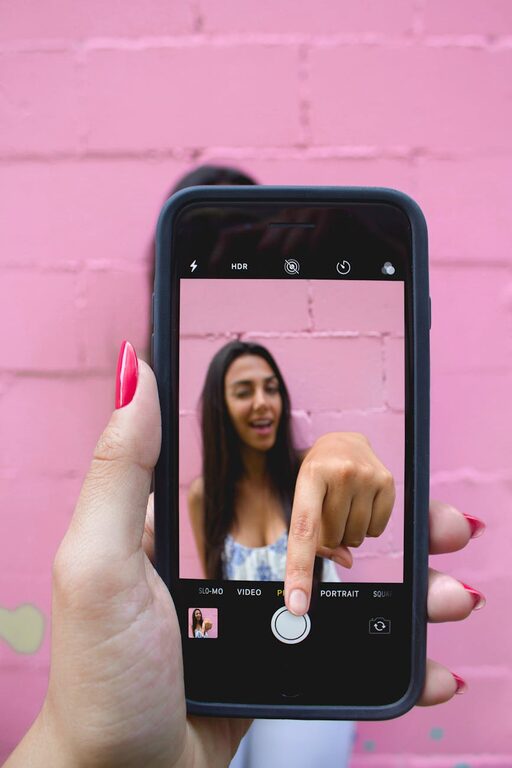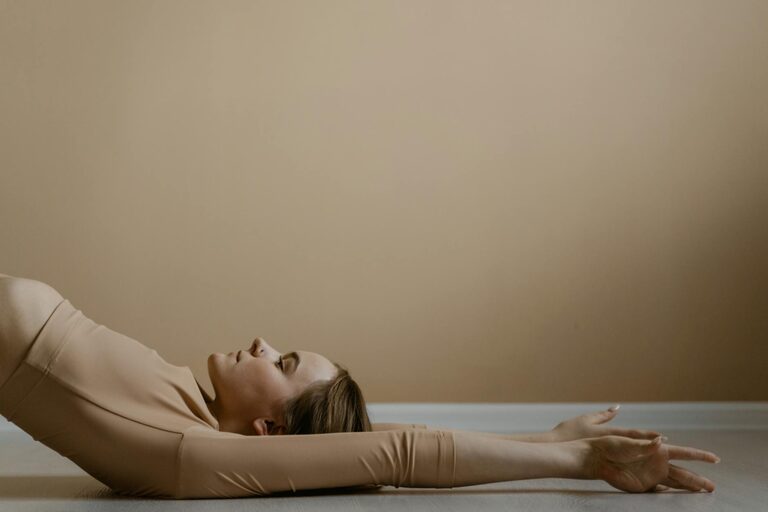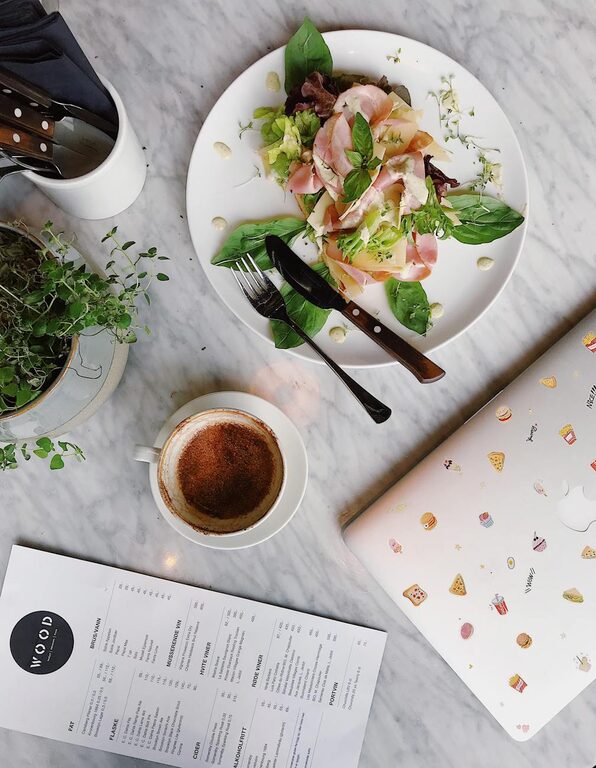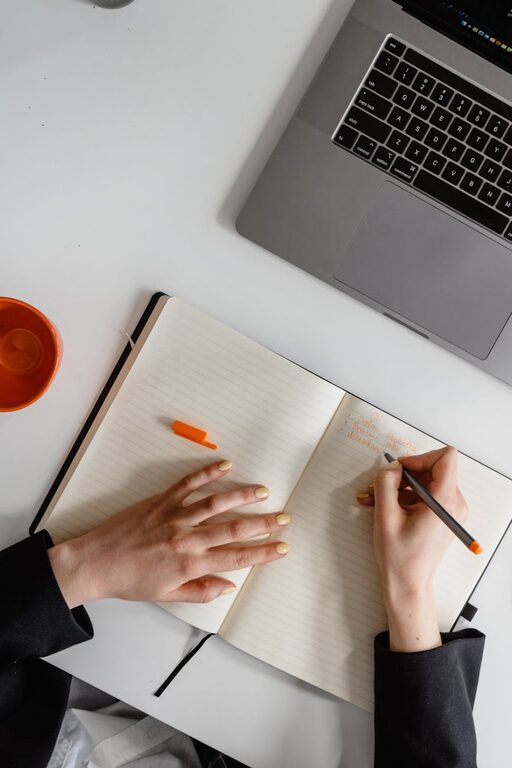
Taking great photos with your phone is easier than you might think. With a few simple adjustments and techniques, you can transform ordinary snapshots into eye-catching images. Whether you have an iPhone, Android, or another smartphone, these beginner tips will help you take better phone photos every time.
Understand Your Phone’s Camera Features
Before diving into photography techniques, take some time to explore your phone’s camera settings. Most smartphones today offer a range of features such as:
– Grid lines: Helps with composition by applying the rule of thirds.
– HDR (High Dynamic Range): Improves detail in both light and dark areas.
– Focus and exposure control: Allows you to adjust where your camera focuses and how bright the image will be.
– Different camera lenses: Wide-angle, ultra-wide, or telephoto lenses offer different perspectives.
Familiarizing yourself with these options will give you more creative control over your photos.
Keep Your Lens Clean
It sounds simple, but many photos are fuzzy or blurry because the lens is smudged. Phone lenses can easily collect fingerprints, dust, or grime from pockets and bags.
– Wipe the lens gently with a microfiber cloth before you take pictures.
– Avoid wiping with rough materials that could scratch the lens.
A clean lens will ensure your photos come out crisp and clear.
Use Natural Light Whenever Possible
Lighting is one of the most important factors in photography. Natural light usually creates the most flattering photos, especially during early morning or late afternoon—the “golden hours.”
Tips for Using Natural Light
– Face the light: Position your subject so they are facing the source of light. This reduces shadows on faces.
– Avoid harsh midday sun: Overhead sunlight can cause unflattering shadows and highlights.
– Use shade for softer light: If it’s too bright outside, move your subject into the shade to even out the lighting.
– Try backlighting for creative effects: Placing the light source behind your subject can produce silhouettes or glowing edges.
When you can’t rely on natural light, try to avoid your phone’s built-in flash, which can be harsh. Instead, look for other light sources nearby or use a small portable light.
Pay Attention to Composition
How you frame your photo can make all the difference. Good composition guides the viewer’s eye and adds interest to your image.
Basic Composition Tips
– Use the rule of thirds: Imagine your screen divided into nine equal parts by two vertical and two horizontal lines. Place important elements at the intersections or along these lines.
– Fill the frame: Get closer to your subject or zoom in to remove distracting backgrounds.
– Look for leading lines: Roads, fences, or pathways can draw the viewer’s eye into the photo.
– Include negative space: Sometimes, empty space around your subject helps it stand out.
– Try different angles: Don’t just shoot eye-level; try shooting from low or high angles to add variety.
Experimenting with these ideas helps develop your eye for better photos.
Steady Your Shot
Blurry images often result from camera shake. Holding your phone steady is key to sharp photos.
– Use both hands to hold your phone firmly.
– Rest your elbows against your body or a solid surface.
– Consider using a tripod or phone stand for more stability.
– Hold your breath briefly while taking the photo to minimize movement.
Most smartphone cameras also use image stabilization, but it helps to be as steady as possible.
Focus and Exposure Control
Many phones allow you to tap on the screen where you want to focus. This ensures your subject is sharp rather than the background.
After tapping to focus, you can usually adjust the exposure (brightness) by sliding your finger up or down. This lets you brighten or darken the image before taking the shot.
Edit Your Photos
Basic editing can take your photos to the next level. Most phones have built-in editing tools that allow you to:
– Crop or straighten your image.
– Adjust brightness, contrast, and saturation.
– Apply filters sparingly to enhance mood.
– Remove red-eye or minor blemishes.
There are also free apps like Snapseed, VSCO, or Lightroom Mobile that offer more advanced editing options if you want to explore.
Practice Regularly and Have Fun
The best way to improve your phone photography is by practicing often. Take your phone with you and shoot regularly — try different subjects like landscapes, people, food, or street scenes.
Don’t be afraid to experiment and make mistakes. Over time, you’ll develop your own style and learn what works best for you.
—
Summary
To take better phone photos as a beginner:
– Explore your phone’s camera features.
– Keep your lens clean.
– Use natural light effectively.
– Practice good composition.
– Hold your phone steady.
– Control focus and exposure.
– Edit your photos nicely.
– Practice frequently and enjoy the process.
With these simple tips, you’ll be capturing beautiful moments and sharing photos you’re proud of — all from your phone. Happy shooting!




